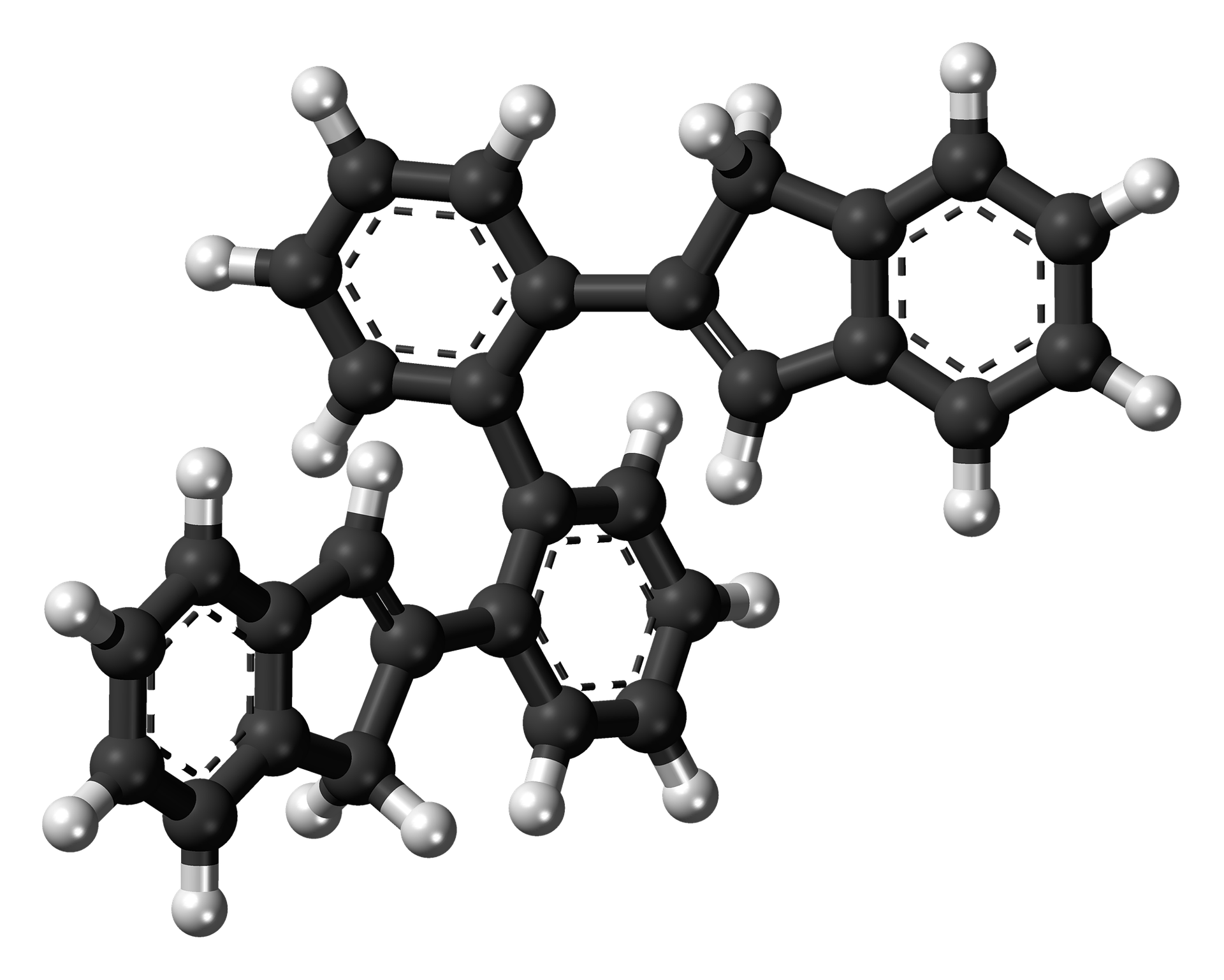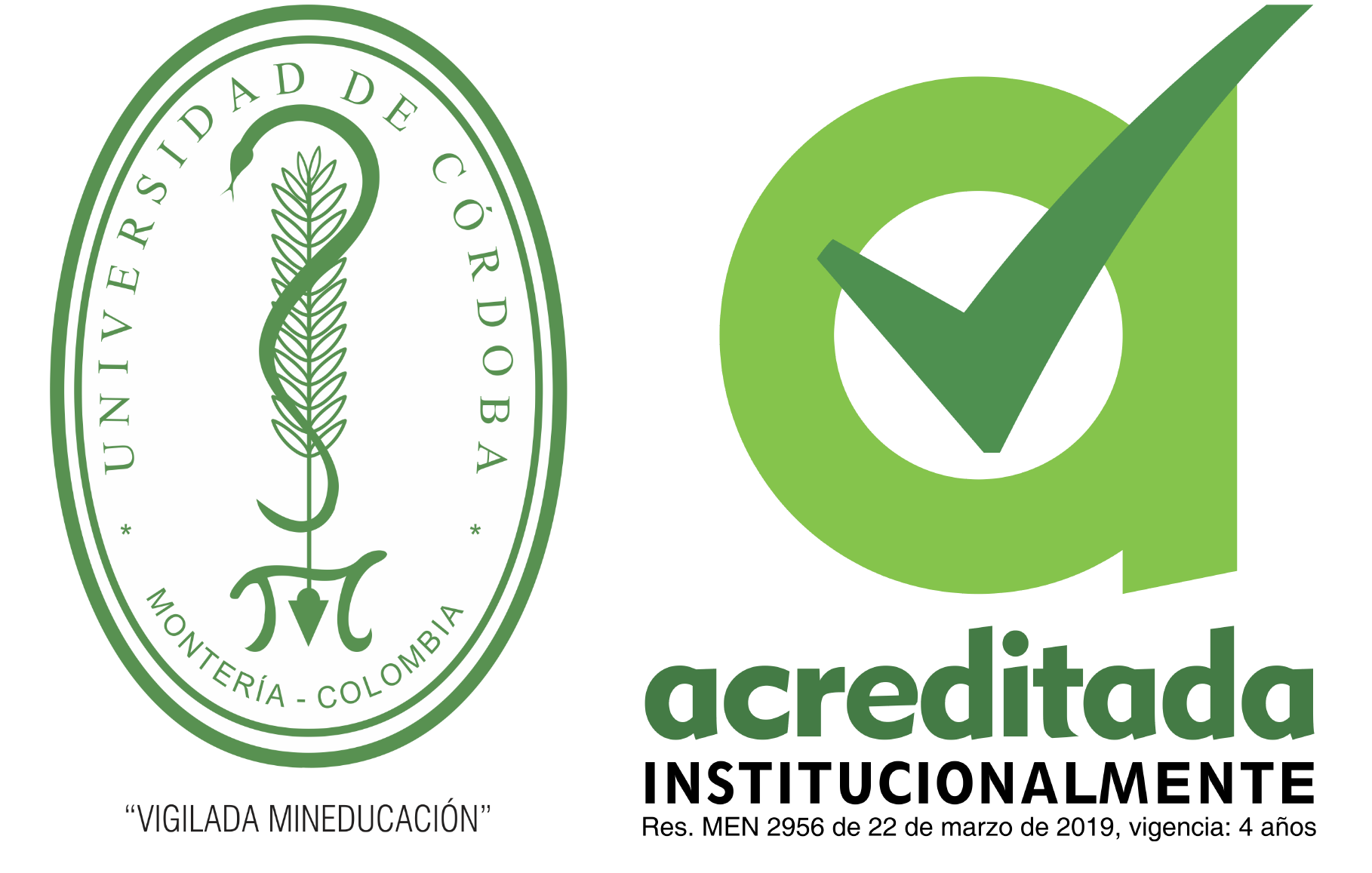Potencial de Stenotrophomonas maltophilia para la biodegradación de hidrocarburos y metales pesados. Una revisión sistemática con meta-análisis
Potential of Stenotrophomonas maltophilia for the biodegradation of hydrocarbons and heavy metals. A systematic review with meta-analysis
Mostrar biografía de los autores
La contaminación de ecosistemas terrestres y acuáticos por sustancias tóxicas como hidrocarburos y metales pesados, manipulados en gran medida en actividades fundamentales para la economía mundial, actualmente, se constituye como una de las problemáticas ambientales crecientes más graves y peligrosas para la salud humana y ambiental. Los hidrocarburos se generan en grandes cantidades por la quema incompleta de materia orgánica, llegando inevitablemente al suelo y al agua para luego, debido a sus propiedades, bioacumularse causando graves daños a los seres vivos. Por otro lado, los metales pesados, muy útiles en la industria, especialmente en la minería, cuando se acumulan en el suelo y en el agua en altas concentraciones, causan diferentes daños tanto en plantas como en humanos y animales. El objetivo de esta revisión fue analizar cómo ha aumentado en los últimos años la utilización de Stenotrophomonas maltophilia en investigaciones relacionadas a la biorremediación de ecosistemas contaminados con estas sustancias. Materiales y métodos: Se realizó un meta-análisis en dos periodos de tiempo consecutivos de quince años, el primero comprendido entre 1990 y 2005, y el segundo entre 2006 y 2021; al aplicar unos criterios de inclusión y exclusión, se seleccionaron determinadas publicaciones con el objetivo de analizar la evolución en la investigación sobre la capacidad de S. maltophilia para la biodegradación de hidrocarburos y metales pesados. Resultados: Al seleccionar las publicaciones, se evidenció que el estudio del potencial de biodegradación de S. maltophilia aumentó notablemente en el segundo periodo de tiempo, muy probablemente, debido al crecimiento de la problemática ambiental y al creciente impacto del aprovechamiento de las características metabólicas de los microorganismos para diferentes fines en los últimos años.
Visitas del artículo 621 | Visitas PDF
Descargas
- AbuBakr, S. M., Davidova, I. A., & Duncan, K. E. (2015). Test of Polyaromatic Hydrocarbon Degradation by Nitrate-reducing Microorganisms Isolated from Tallgrass Prairie Soils. Proceedings of the Oklahoma Academy of Science, 95, 161–180. https://ojs.library.okstate.edu/osu/index.php/OAS/article/view/6888
- Adegoke, A., Tom, M., & Okoh, A. (2011). Stenotrophomonas maltophilia, A Commensal of Importance to Biotechnology. JOURNAL OF PURE AND APPLIED MICROBIOLOGY. https://www.researchgate.net/publication/257988886_Stenotrophomonas_maltophilia_A_Commensal_of_Importance_to_Biotechnology
- Alfonso-Gordillo, G., Cristiani-Urbina, E., Flores-Ortiz, C. M., Peralta, H., Cancino-Díaz, J. C., Cruz-Maya, J. A., & Jan-Roblero, J. (2016). Stenotrophomonas maltophilia isolated from gasoline-contaminated soil is capable of degrading methyl tert-butyl ether. Electronic Journal of Biotechnology, 23, 12–20. https://doi.org/10.1016/J.EJBT.2016.06.006
- Bashandy, S. R., Abd-Alla, M. H., & Dawood, M. F. A. (2020). Alleviation of the toxicity of oily wastewater to canola plants by the N2-fixing, aromatic hydrocarbon biodegrading bacterium Stenotrophomonas maltophilia-SR1. Applied Soil Ecology, 154, 103654. https://doi.org/10.1016/J.APSOIL.2020.103654
- Çetinkaya Dönmez, G., Aksu, Z., Öztürk, A., & Kutsal, T. (1999). A comparative study on heavy metal biosorption characteristics of some algae. Process Biochemistry, 34(9), 885–892. https://doi.org/10.1016/S0032-9592(99)00005-9
- Chen, S., Yin, H., Chang, J., Peng, H., & Dang, Z. (2017). Physiology and bioprocess of single cell of Stenotrophomonas maltophilia in bioremediation of co-existed benzo[a]pyrene and copper. Journal of Hazardous Materials, 321, 9–17. https://doi.org/10.1016/J.JHAZMAT.2016.09.002
- Chen, S., Yin, H., Tang, S., Peng, H., Liu, Z., & Dang, Z. (2016). Metabolic biotransformation of copper–benzo[a]pyrene combined pollutant on the cellular interface of Stenotrophomonas maltophilia. Bioresource Technology, 204, 26–31. https://doi.org/10.1016/J.BIORTECH.2015.12.068
- Chen, S., Yin, H., Ye, J., Peng, H., Liu, Z., Dang, Z., & Chang, J. (2014). Influence of co-existed benzo[a]pyrene and copper on the cellular characteristics of Stenotrophomonas maltophilia during biodegradation and transformation. Bioresource Technology, 158, 181–187. https://doi.org/10.1016/J.BIORTECH.2014.02.020
- Chen, S., Yin, H., Ye, J., Peng, H., Zhang, N., & He, B. (2013). Effect of copper(II) on biodegradation of benzo[a]pyrene by Stenotrophomonas maltophilia. Chemosphere, 90(6), 1811–1820. https://doi.org/10.1016/J.CHEMOSPHERE.2012.09.009
- Chen, Z., Ma, W., & Han, M. (2008). Biosorption of nickel and copper onto treated alga (Undaria pinnatifida): Application of isotherm and kinetic models. Journal of Hazardous Materials, 155(1–2), 327–333. https://doi.org/10.1016/J.JHAZMAT.2007.11.064
- Gao, J., Ye, J., Ma, J., Tang, L., & Huang, J. (2014). Biosorption and biodegradation of triphenyltin by Stenotrophomonas maltophilia and their influence on cellular metabolism. Journal of Hazardous Materials, 276, 112–119. https://doi.org/10.1016/J.JHAZMAT.2014.05.023
- Gao, S., Seo, J. S., Wang, J., Keum, Y. S., Li, J., & Li, Q. X. (2013). Multiple degradation pathways of phenanthrene by Stenotrophomonas maltophilia C6. International Biodeterioration & Biodegradation, 79, 98–104. https://doi.org/10.1016/J.IBIOD.2013.01.012
- Ghosh, A., & Saha, P. Das. (2013). Optimization of copper bioremediation by Stenotrophomonas maltophilia PD2. Journal of Environmental Chemical Engineering, 1(3), 159–163. https://doi.org/10.1016/J.JECE.2013.04.012
- Hemlata, B., Selvin, J., & Tukaram, K. (2015). Optimization of iron chelating biosurfactant production by Stenotrophomonas maltophilia NBS-11. Biocatalysis and Agricultural Biotechnology, 4(2), 135–143. https://doi.org/10.1016/J.BCAB.2015.02.002
- Imam, A., Suman, S. K., Ghosh, D., & Kanaujia, P. K. (2019). Analytical approaches used in monitoring the bioremediation of hydrocarbons in petroleum-contaminated soil and sludge. TrAC Trends in Analytical Chemistry, 118, 50–64. https://doi.org/10.1016/J.TRAC.2019.05.023
- Juhasz, A. L., & Naidu, R. (2000). Bioremediation of high molecular weight polycyclic aromatic hydrocarbons: a review of the microbial degradation of benzo[a]pyrene. International Biodeterioration & Biodegradation, 45(1–2), 57–88. https://doi.org/10.1016/S0964-8305(00)00052-4
- Köhler, M., Hofmann, K., Völsgen, F., Thurow, K., & Koch, A. (2001). Bacterial release of arsenic ions and organoarsenic compounds from soil contaminated by chemical warfare agents. Chemosphere, 42(4), 425–429. https://doi.org/10.1016/S0045-6535(00)00060-6
- Kozdrój, J., & Van Elsas, J. D. (2000). Response of the bacterial community to root exudates in soil polluted with heavy metals assessed by molecular and cultural approaches. Soil Biology and Biochemistry, 32(10), 1405–1417. https://doi.org/10.1016/S0038-0717(00)00058-4
- Lara-Moreno, A., Morillo, E., Merchán, F., & Villaverde, J. (2021). A comprehensive feasibility study of effectiveness and environmental impact of PAH bioremediation using an indigenous microbial degrader consortium and a novel strain Stenotrophomonas maltophilia CPHE1 isolated from an industrial polluted soil. Journal of Environmental Management, 289, 112512. https://doi.org/10.1016/J.JENVMAN.2021.112512
- Niane, B., Devarajan, N., Poté, J., & Moritz, R. (2019). Quantification and characterization of mercury resistant bacteria in sediments contaminated by artisanal small-scale gold mining activities, Kedougou region, Senegal. Journal of Geochemical Exploration, 205, 106353. https://doi.org/10.1016/J.GEXPLO.2019.106353
- Pabón, S. E., Benítez, R., Sarria, R. A., Gallo, J. A., Pabón, S. E., Benítez, R., Sarria, R. A., & Gallo, J. A. (2020). Contaminación del agua por metales pesados, métodos de análisis y tecnologías de remoción. Una revisión. Entre Ciencia e Ingeniería, 14(27), 9–18. https://doi.org/10.31908/19098367.0001
- Parapouli, M., Foukis, A., Panagiota-Yiolanda, S., Koukouritaki, M., Magklaras, P., Gkini, O., Papamichael, E., Afendra, A., & Hatziloukas, E. (2018). Molecular, biochemical and kinetic analysis of a novel, thermostable lipase (LipSm) from Stenotrophomonas maltophilia Psi-1, the first member of a new bacterial lipase family (XVIII). Journal of Biological Research (Thessalonike, Greece), 25(1). https://doi.org/10.1186/S40709-018-0074-6
- Raman, N., Asokan, S., Shobana Sundari, N., & Ramasamy, S. (2017). Bioremediation of chromium(VI) by Stenotrophomonas maltophilia isolated from tannery effluent. International Journal of Environmental Science and Technology 2017 15:1, 15(1), 207–216. https://doi.org/10.1007/S13762-017-1378-Z
- Şahan, T., Ceylan, H., Şahiner, N., & Aktaş, N. (2010). Optimization of removal conditions of copper ions from aqueous solutions by Trametes versicolor. Bioresource Technology, 101(12), 4520–4526. https://doi.org/10.1016/J.BIORTECH.2010.01.105
- Samanta, S. K., Singh, O. V., & Jain, R. K. (2002). Polycyclic aromatic hydrocarbons: environmental pollution and bioremediation. Trends in Biotechnology, 20(6), 243–248. https://doi.org/10.1016/S0167-7799(02)01943-1
- Sánchez-Castro, I., Martínez-Rodríguez, P., Abad, M. M., Descostes, M., & Merroun, M. L. (2021). Uranium removal from complex mining waters by alginate beads doped with cells of Stenotrophomonas sp. Br8: Novel perspectives for metal bioremediation. Journal of Environmental Management, 296, 113411. https://doi.org/10.1016/J.JENVMAN.2021.113411
- Tripathi, S., Sharma, P., Purchase, D., Tiwari, M., Chakrabarty, D., & Chandra, R. (2021). Biodegradation of organo-metallic pollutants in distillery wastewater employing a bioaugmentation process. Environmental Technology & Innovation, 23, 101774. https://doi.org/10.1016/J.ETI.2021.101774
- Velásquez, J. A. (2017). Contaminación de suelos y aguas por hidrocarburos en Colombia. Análisis de la fitorremediación como estrategia biotecnológica de recuperación. Revista de Investigación Agraria y Ambiental, 8(1), 151–167. https://doi.org/10.22490/21456453.1846
- Wang, Y. S., Zheng, X. C., Hu, Q. W., & Zheng, Y. G. (2015). Degradation of abamectin by newly isolated Stenotrophomonas maltophilia ZJB-14120 and characterization of its abamectin-tolerance mechanism. Research in Microbiology, 166(5), 408–418. https://doi.org/10.1016/J.RESMIC.2015.04.002
- Wilson, V. L., Tatford, B. C., Yin, X., Rajki, S. C., Walsh, M. M., & Larock, P. (1999). Species-specific detection of hydrocarbon-utilizing bacteria. Journal of Microbiological Methods, 39(1), 59–78. https://doi.org/10.1016/S0167-7012(99)00098-6
- Yao, Z. Y., Qi, J. H., & Wang, L. H. (2010). Equilibrium, kinetic and thermodynamic studies on the biosorption of Cu(II) onto chestnut shell. Journal of Hazardous Materials, 174(1–3), 137–143. https://doi.org/10.1016/J.JHAZMAT.2009.09.027
- Yasir, M. W., Capozzi, S. L., Kjellerup, B. V., Mahmood, S., Mahmood, T., & Khalid, A. (2021). Simultaneous biotreatment of hexavalent chromium Cr(VI) and polychlorinated biphenyls (PCBs) by indigenous bacteria of Co-polluted wastewater. International Biodeterioration & Biodegradation, 161, 105249. https://doi.org/10.1016/J.IBIOD.2021.105249
- Zang, H., Yu, Q., Lv, T., Cheng, Y., Feng, L., Cheng, X., & Li, C. (2016). Insights into the degradation of chlorimuron-ethyl by Stenotrophomonas maltophilia D310-3. Chemosphere, 144, 176–184. https://doi.org/10.1016/J.CHEMOSPHERE.2015.08.073
- Zhao, M. M., Kou, J. bin, Chen, Y. ping, Xue, L. gui, Fan, T. T., & Wang, S. mei. (2021). Bioremediation of wastewater containing mercury using three newly isolated bacterial strains. Journal of Cleaner Production, 299, 126869. https://doi.org/10.1016/J.JCLEPRO.2021.126869
- Zhou, J., Li, P., Meng, D., Gu, Y., Zheng, Z., Yin, H., Zhou, Q., & Li, J. (2020). Isolation, characterization and inoculation of Cd tolerant rice endophytes and their impacts on rice under Cd contaminated environment. Environmental Pollution, 260, 113990. https://doi.org/10.1016/J.ENVPOL.2020.113990
- Ziagova, M., Dimitriadis, G., Aslanidou, D., Papaioannou, X., Litopoulou Tzannetaki, E., & Liakopoulou-Kyriakides, M. (2007). Comparative study of Cd(II) and Cr(VI) biosorption on Staphylococcus xylosus and Pseudomonas sp. in single and binary mixtures. Bioresource Technology, 98(15), 2859–2865. https://doi.org/10.1016/J.BIORTECH.2006.09.043





